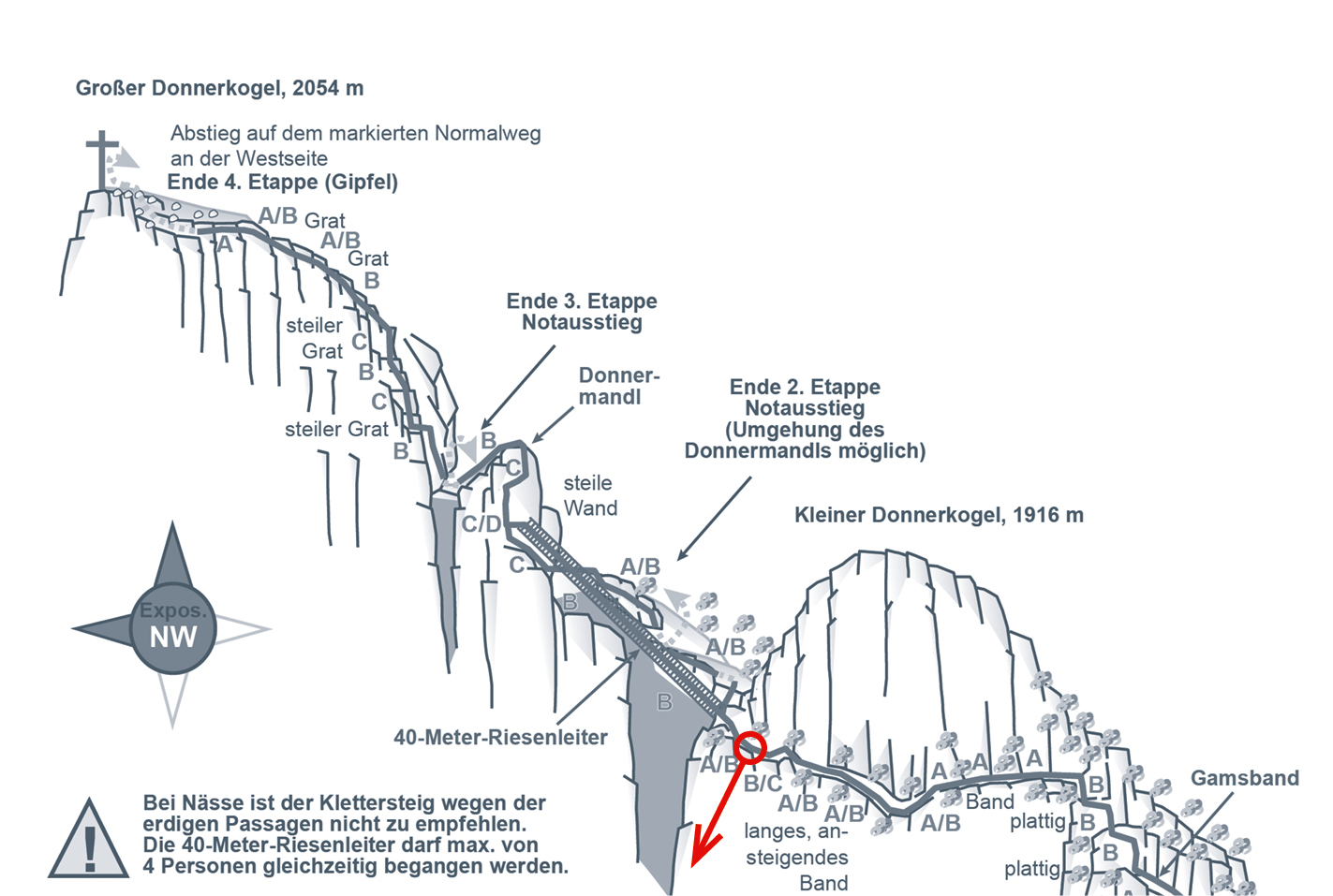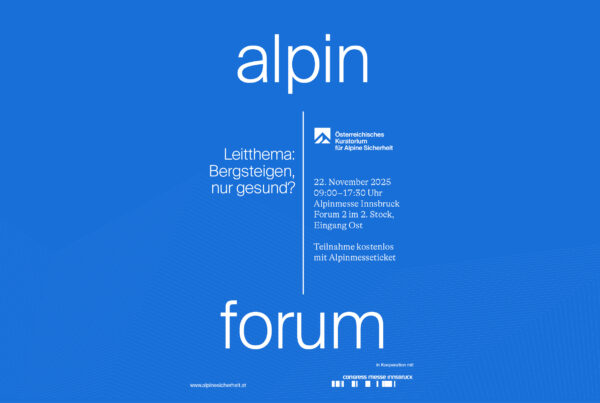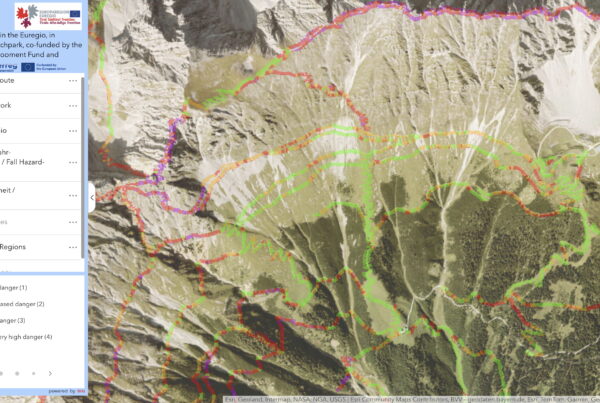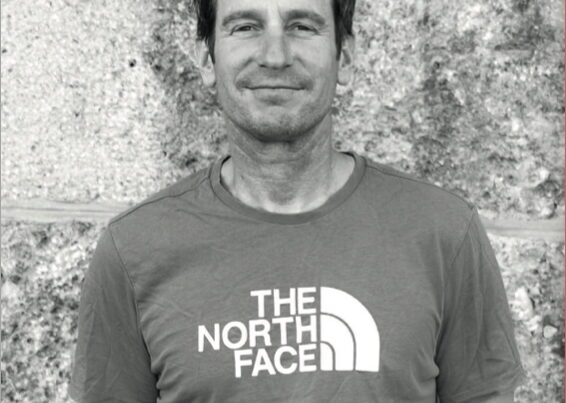
This post is also available in: German Czech Polish
What to do if you are confronted with a thunderstorm on the via ferrata? To unhook the set or not? In the accident described above, a father – after feeling electric shocks several times via the steel cable – decided to do so and his son decided against it. Both continued to climb in order to quickly reach a fall-safe place. The unsecured father fell fatally, but his son was rescued. In an interview with Andreas Jentsch from bergsteigen.com, “the” platform for via ferratas and ski tours, he criticized the lack of clear recommendations and doctrines – we will deal with the topic of thunderstorms in detail in the next summer issue.
Pascal Preimesberger
Police mountain guide
Alpine Einsatzgruppe (AEG) Gmunden Officer at Bad Goisern police station
Course of the accident
The ascent from the mountain station takes approx. 20 minutes, the via ferrata (approx. 470 m) takes approx. 3 hours and the descent another 1.5 hours. The difficulties of the Intersport via ferrata are rated C/D in two places, there are also C and B/C places and otherwise mostly B terrain. This is a classic via ferrata with the highlight of the well-known and much-photographed 40-metre giant ladder, which is used to cross a deep gorge (information/topo: www.bergsteigen.com)
The two mountaineers were about halfway up the via ferrata when a thunderstorm was forecast to hit them at around 1:30 pm. Due to their exposed position, they had no other option but to wait out the heavy rain, including thunder and lightning, on the mountain. They decided to continue along the via ferrata to a safer position, where they could wait out the storm without the risk of falling.
As they continued their ascent, they both received or felt several electric shocks on the steel cable, which were caused by lightning strikes in the artificial climbing structure above their position. In addition, the rocky and partly earthy ascent route became very wet and slippery due to the heavy rain. The son therefore fell into his via ferrata set once, but remained uninjured and the set’s shock absorber did not trigger.
After receiving an “electrical impulse” for about the third time, the father decided, according to the son, to unhook his via ferrata set from the steel cable and continue on without a belay. The son was not convinced by his father’s idea, told him of his concerns and continued to belay himself with the via ferrata set.







